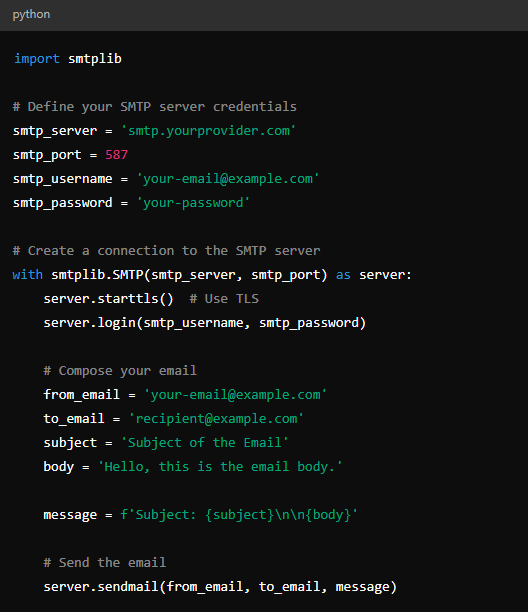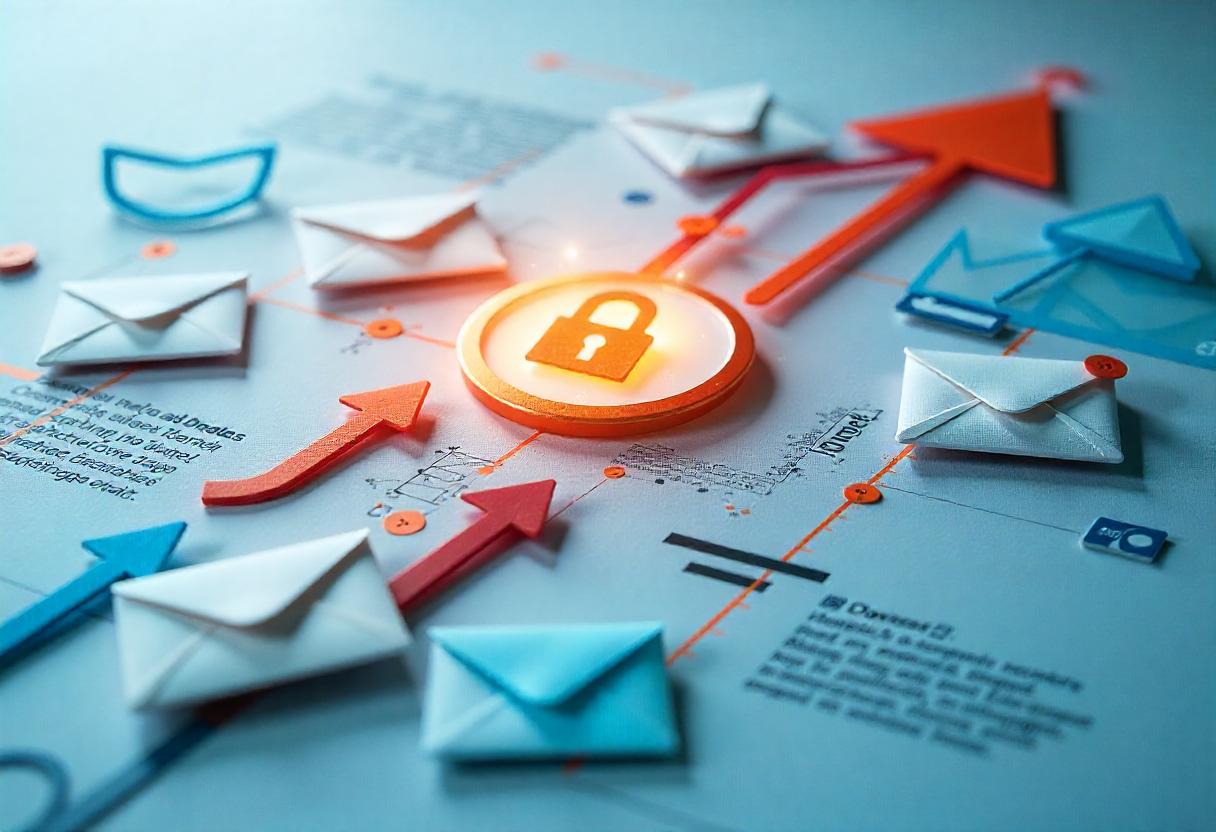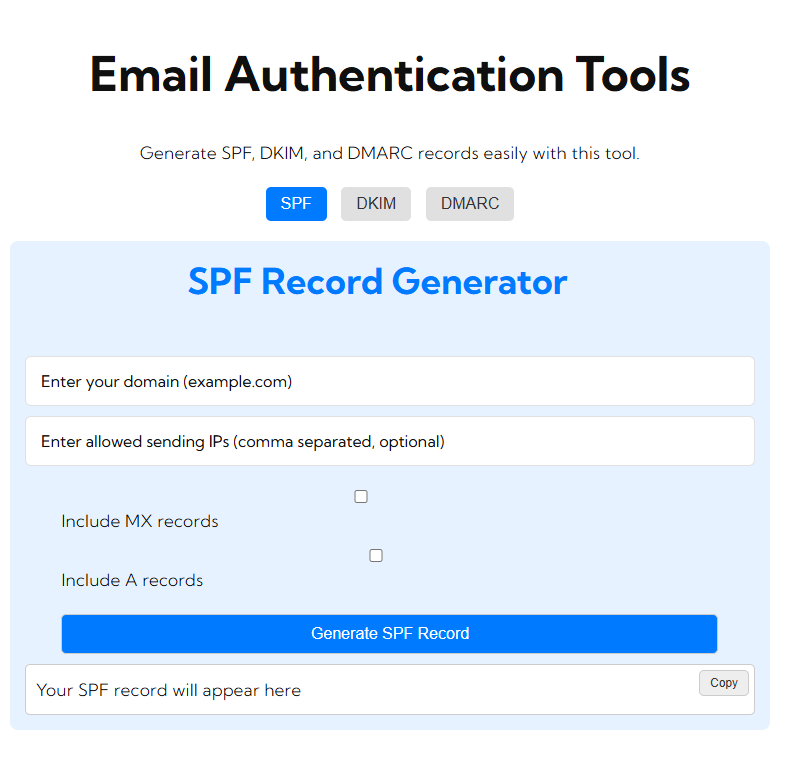SMTP relays can really help you to send your messages more efficiently or improve deliverability, especially in cases of bulk and transactional messages. Given below is a guide that takes you through what the SMTP relays are, how they work, and how to set them up:
What is an SMTP Relay?
An SMTP relay is a service where you can send out emails through some other server rather than your email server. Using the SMTP relay can optimize email delivery, prevent spamming out of your emails, and hence be able to handle large volumes of outgoing emails.
Benefits of Using SMTP Relays
- Better Deliverability: The emails reach the inboxes of your recipients since SMTP relays keep spam filters at bay and maintain reputation.
- Scalability: Thousands of emails are sent so that businesses engaged in mass emailing can handle large volumes.
- Analytics and Tracking: Most give analytics on how the opens, clicks, and bounce rates are received.
- Authentication and Security: Most SMTP relay services support secure connections and help authenticate your emails, which then reduces your chances of spoofing.
How to Set Up an SMTP Relay
Step 1: Choose an SMTP Relay Service
There are numerous SMTP relay services available, such as:
- SendGrid
- Amazon SES (Simple Email Service)
- Mailgun
- SMTP.com
- Postmark
Step 2: Account Sign-up
Choose the preferred SMTP relay service and sign up for an account. Verify your email address and complete any other setup you may need.
Step 3: Verify Your Domain
In this step, you will ensure that no email will end up in the spam box. You verify your domain using the SMTP relay service. To authenticate, you’ll need to add DNS records such as SPF, DKIM, and DMARC in accordance with the provider’s guidelines.
Step 4: Get Your SMTP Credentials
Once you verify your domain, you will get your SMTP credentials which usually have the following details:
- SMTP server address (e.g., smtp.yourprovider.com)
- Port (usually 587 for TLS or 465 for SSL)
- Username (usually your email address or unique identifier)
- Password (specific to the SMTP service)
Step 5: Set Up Your Email Client or Application
Email Clients: Use an email client like Outlook, Thunderbird, or Apple Mail. Enter the SMTP server address, port number, and your SMTP authentication in account settings.
Outlook:
- Open Outlook and go to File > Account Settings.
- Select your account and click Change.
- Click More Settings > Outgoing Server tab.
- Check the “My outgoing server (SMTP) requires authentication” option.
- In the Advanced tab, enter your SMTP server and port number.
Applications: If you’re developing an application, use the SMTP credentials in your code. Most programming languages have libraries for sending emails via SMTP. For example, in Python, you can use smtplib:

import smtplib
# Define your SMTP server credentials
smtp_server = 'smtp.yourprovider.com'
smtp_port = 587
smtp_username = 'your-email@example.com'
smtp_password = 'your-password'
# Create a connection to the SMTP server
with smtplib.SMTP(smtp_server, smtp_port) as server:
server.starttls() # Use TLS
server.login(smtp_username, smtp_password)
# Compose your email
from_email = 'your-email@example.com'
to_email = 'recipient@example.com'
subject = 'Subject of the Email'
body = 'Hello, this is the email body.'
message = f'Subject: {subject}\n\n{body}'
# Send the email
server.sendmail(from_email, to_email, message)
Step 6: Test Your Configuration
Send a test email to check whether everything works correctly. Look out for your deliverability rate and bounce notifications .
SMTP Relay Best Practices
Monitor Deliverability: Monitor the deliverability rate and change your strategy if it does not improve.
Best Practices: Maintain a clean email list, keep away from spammy content, respect unsubscribe requests, and have a good sender reputation.
Make Use of Analytics: Take advantage of the analytical tools provided by the SMTP relay service you subscribed to, in order to analyze open rates, click-through rates, and other metrics.
FAQs about SMTP Relay
Q: What is an SMTP relay?
A: SMTP relay is a service, whereby you send your e-mails through a third party’s server rather than your email server. This accounts for higher deliverability because of the management of heavy e-mail sending volumes.
Q: Why should I use an SMTP relay?
A: Using an SMTP relay improves deliverability, helps support bulk email campaigns, allows analytics and tracking, and gives advanced security through authentication.
Q: Which SMTP relay do I choose?
A: Consider the price, deliverability rate, ease of use, support options, as well as the number of features it offers – like analytics and other integrations – when considering an SMTP relay service.
Q: Can I use an SMTP relay for transactional emails?
A: Okay, so these will work for both the bulk emails and transactional emails such as password reset, order confirmations, and notifications.
Q: What can I do if my emails are marked as spam?
A: Prevent your emails from being marked as spam by authenticating your domain, keeping a clean email list, refraining from sending spammy content, and honoring unsubscribe requests.
Conclusion
Using an SMTP relay and implementing it will certainly enhance your e-mails communication if you have a volume of emails that you send. The steps outlined will ensure your e-mails are delivered reliably, securely, to their destinations; they will have a good chance of ending up in the recipient’s inbox.






